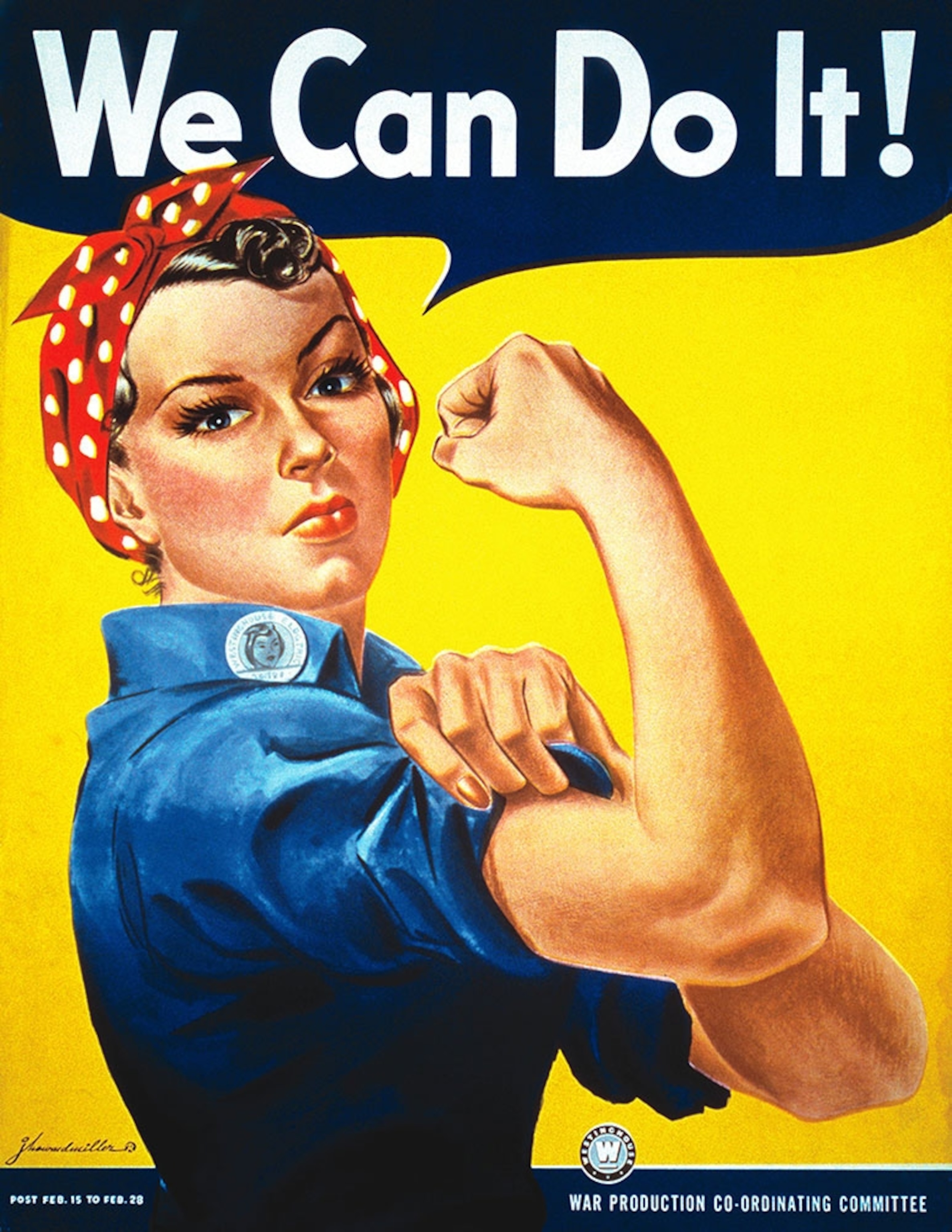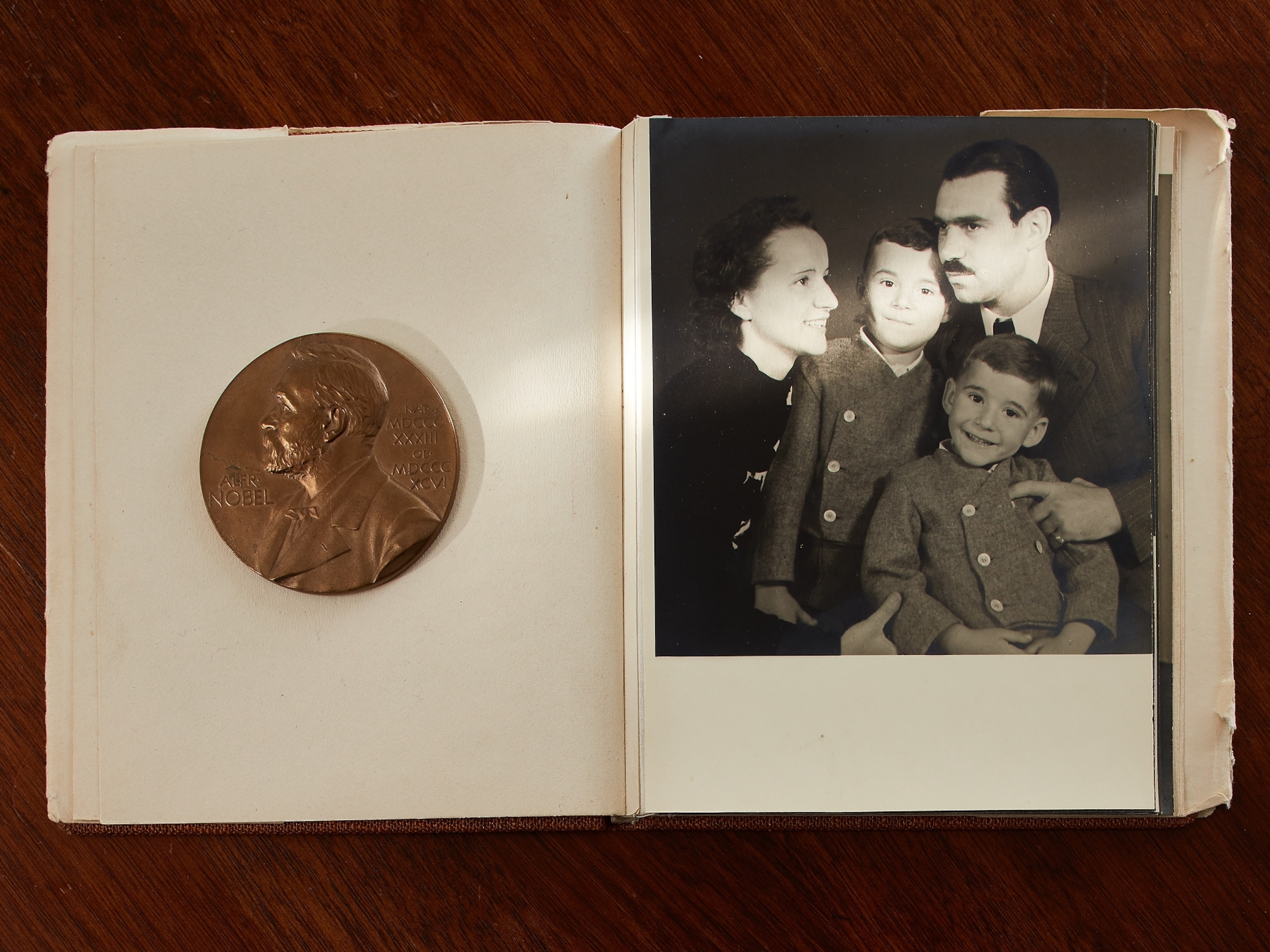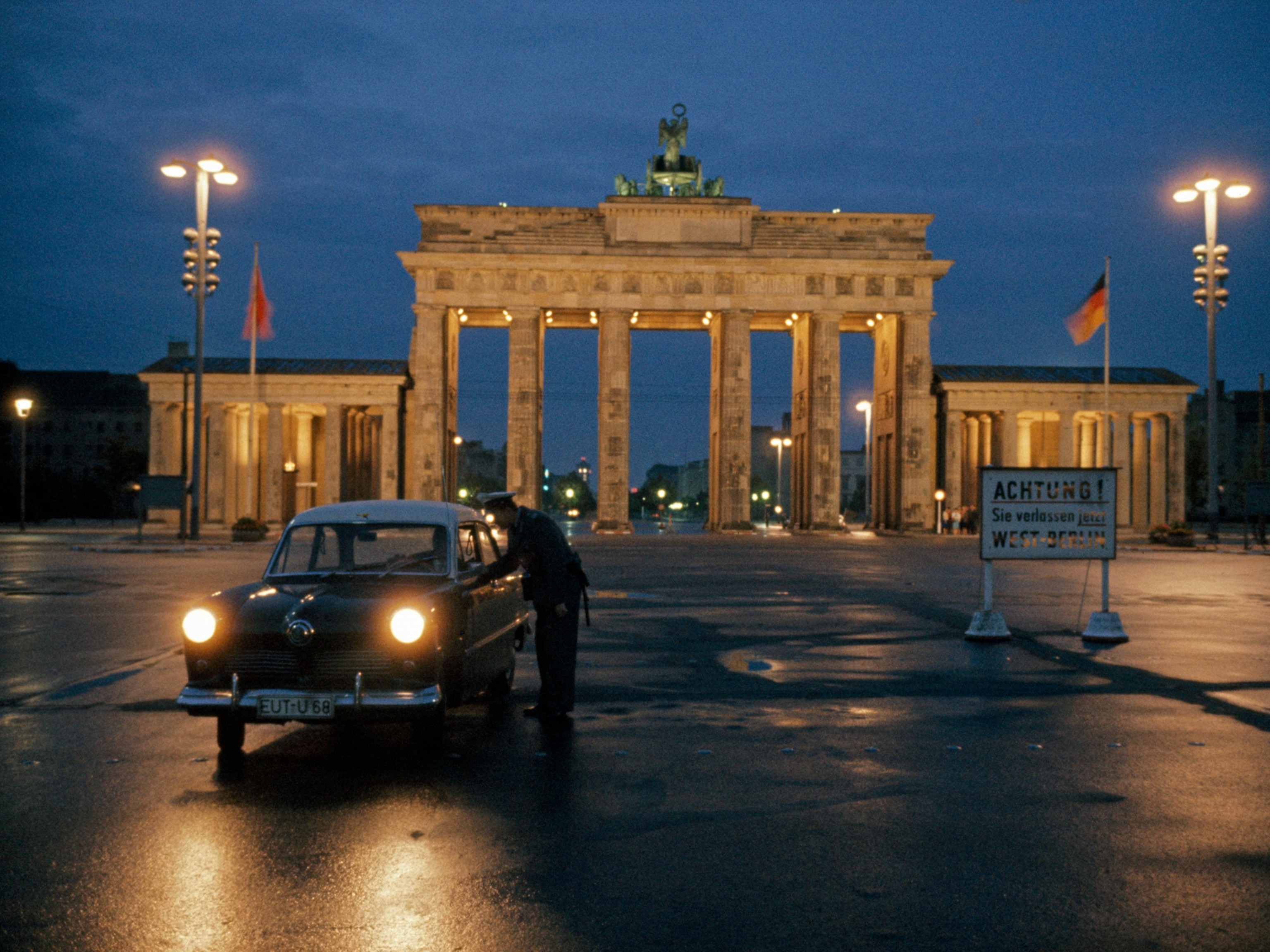
How did a WWII campaign endure to inspire today?
Really Rosie? The first Riveter preferred Roz.
Women’s work.
When the iconic Rosie the Riveter poster was first published in 1943, the primary goal was to change American perceptions about women’s work. As men went to fight in World War II, American women joined the industrial workforce by the millions, taking jobs in defense production plants and building weapons and warplanes, work that historically had been done by men.
The muscle-flexing, bandana-wearing Rosie is an enduring symbol of the six million women who strengthened the U.S. industrial economy during and after, attaining new roles in everything from chemistry to breaking codes. Rosie was a model of strength, independence, and self-sufficiency.
The original Rosie, Rosalind P. Walter, died last week at age 95, but her legacy lives on. As the 75th anniversary of the end of WWII is commemorated this year, the contributions of the Rosies will be on full display.
Born into privilege, prep school raised, 19-year-old Walter delayed Vassar to drive rivets on an assembly line for fighter planes

A newspaper column about her turned into a 1942 popular song, and other women later sat for a Norman Rockwell portrait (above, paired with the Michelangelo image he modeled it after) and for the Rosie posters, which have rebounded in America’s consciousness the past four decades.
Like many women of impact on history, the original Rosie the Riveter was more than a two-dimensional character. Heiress of one fortune, married into another, Walter spent the later part of her life on another patriotic effort: bankrolling public TV documentaries and shows that round out the education of fellow citizens.
And of that nickname bestowed upon her by that newspaper columnist and the musicians who made her famous? Well, the New York Times reports, the first Rosie preferred to be called Roz.





